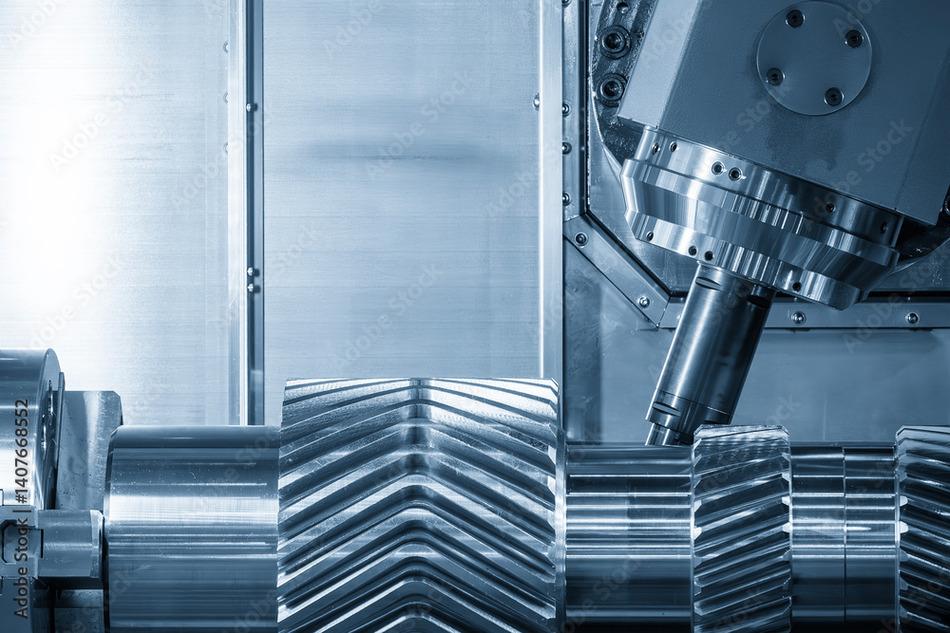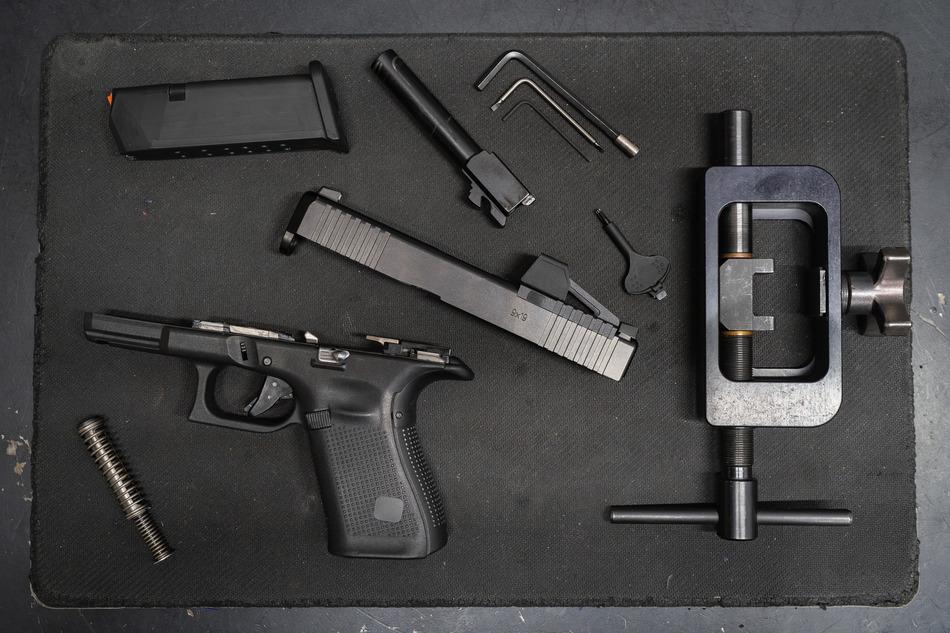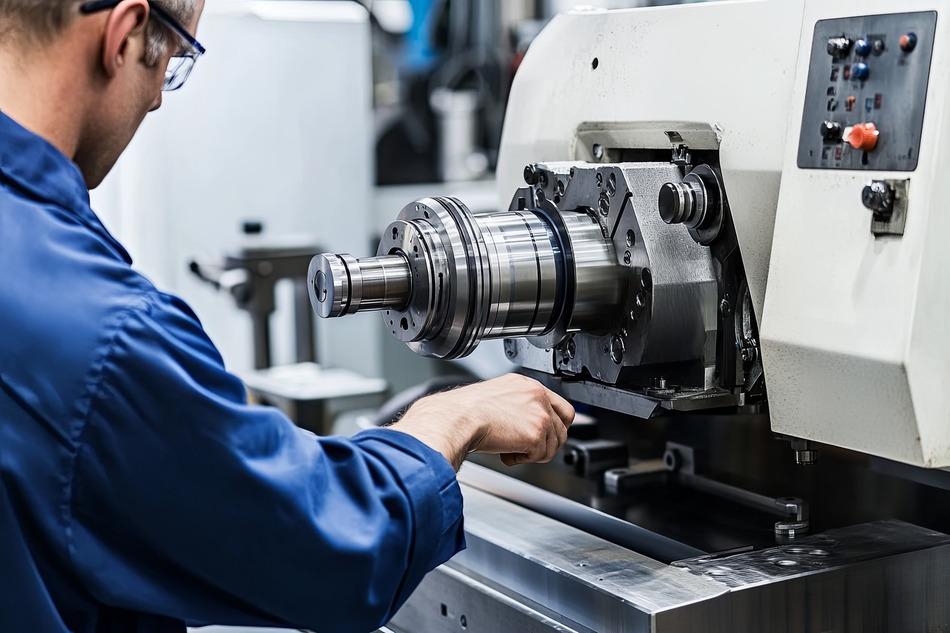Revolutionizing Machining with CNC Technology Innovations
The CNC (Computer Numerical Control) industry continues to evolve at a rapid pace, with new technologies and innovations shaping the future of machining processes. Staying up to date with the latest trends is essential for manufacturers to remain competitive and maximize their operational efficiency.
In this blog post, we will explore the emerging industry trends and innovations in CNC technology that are revolutionizing the way we approach machining. From automation and artificial intelligence to cloud-based solutions, let’s delve into the advancements that are transforming CNC machining processes.
Automation and Robotics:
Automation has emerged as a game-changer in CNC machining, enabling increased productivity, improved efficiency, and reduced labor costs. The integration of robots and automated systems with CNC machines has revolutionized various aspects of the manufacturing process.
Robotic Machine Tending: Robots are being employed to load and unload workpieces, change tools, and perform repetitive tasks, reducing manual intervention and increasing overall throughput.
Collaborative Robots (Cobots): Cobots work alongside human operators, enhancing safety and productivity. They can assist with tasks that require precision, such as deburring, polishing, and inspection.
Lights-Out Manufacturing: With advancements in automation, lights-out manufacturing is becoming more feasible. CNC machines can operate unmanned during non-working hours, optimizing production time and reducing costs.
Artificial Intelligence (AI) and Machine Learning:
AI & machine learning is transforming CNC machining by advanced data analysis, predictive maintenance, and machining parameter optimization.
Predictive Maintenance: AI algorithms can analyze machine data, identify patterns, and predict potential failures. This allows for proactive maintenance, minimizing unexpected downtime and optimizing machine performance.
Intelligent Toolpath Optimization: AI-powered algorithms analyze toolpath data, workpiece geometry, and machining parameters to optimize toolpath generation, reducing cycle times and improving surface finish.
Quality Control and Inspection: AI-based vision systems can identify defects, measure dimensions, and perform real-time inspection, ensuring product quality and reducing the need for manual inspection.
Cloud-Based Solutions:
Remote Monitoring and Control: Cloud-based platforms enable operators to remotely monitor and control CNC machines, providing flexibility and convenience.
Data Analytics and Optimization: Cloud-based solutions can collect and analyze machine data in real-time, providing insights for process optimization, predictive maintenance, and performance monitoring.
Collaborative Design and Manufacturing: Cloud-based platforms facilitate collaboration among designers, engineers, and manufacturers, streamlining the design-to-production workflow and improving overall efficiency.
Additive Manufacturing (3D Printing) Integration:
Hybrid Manufacturing: Combining CNC machining with 3D printing allows for the creation of parts with intricate geometries and customized features, optimizing the use of both subtractive and additive processes.
Tooling and Jigs:Additive manufacturing can be utilized to create customized tooling and jigs, therefore reducing lead times and costs associated with traditional tooling methods.
Design Freedom and Iteration: The integration of CNC and 3D printing enables faster design iterations, reducing time-to-market and allowing for rapid prototyping and product development.
Don’t Get Left Behind
The CNC industry is experiencing a technological revolution. Advancements in automation, artificial intelligence, cloud-based solutions, and additive manufacturing integration are here. Embracing these trends and innovations can result in increased productivity, improved efficiency, enhanced product quality, and reduced costs.
Manufacturers must stay informed about the latest advancements. They need to explore their potential applications, and identify opportunities to implement them in their machining processes. By harnessing the power of these technologies, businesses can position themselves at the forefront of CNC machining. Thus, gaining a competitive edge in the dynamic manufacturing landscape.
As the industry continues to evolve, it is crucial to foster a culture of innovation, collaboration, and continuous learning. Engage with industry forums, attend conferences, and leverage the expertise of technology providers to stay ahead of the curve. Furthermore, by embracing the latest trends and innovations in CNC technology, you can unlock new possibilities. After all, you can drive new success in your machining operations.




